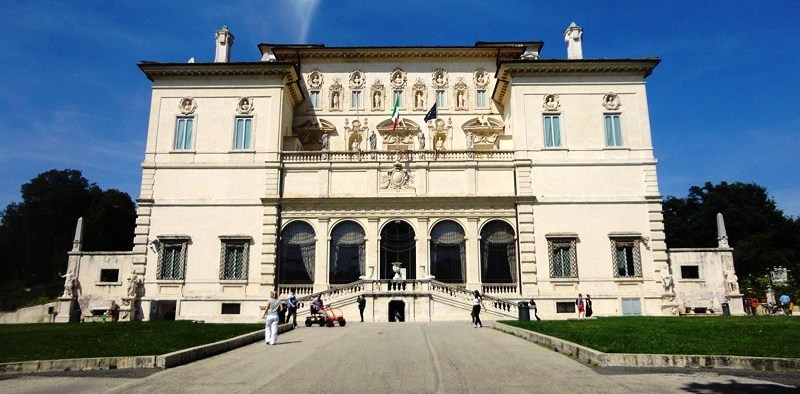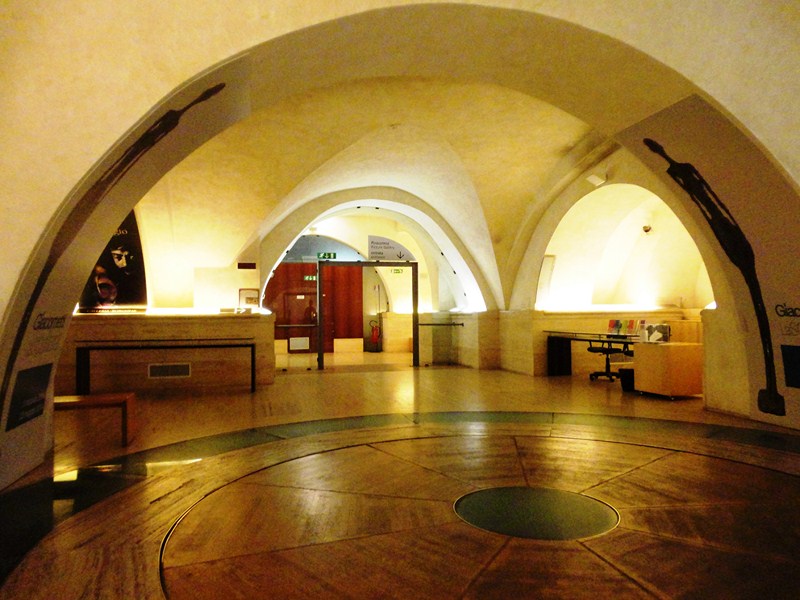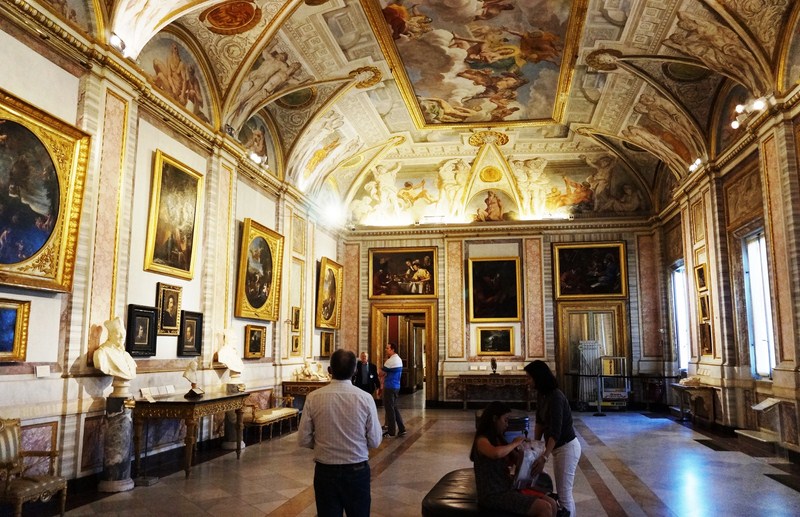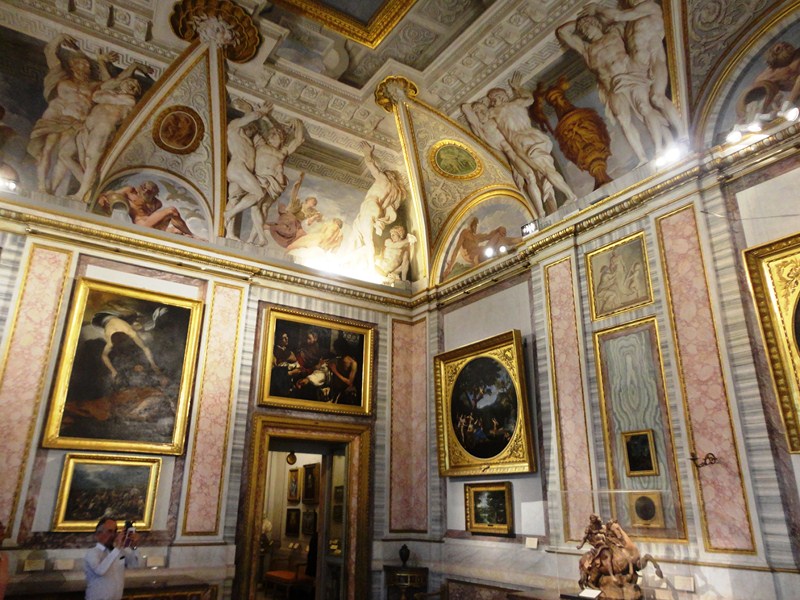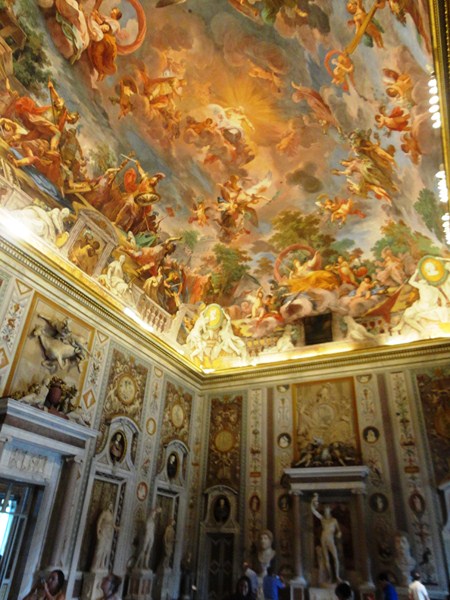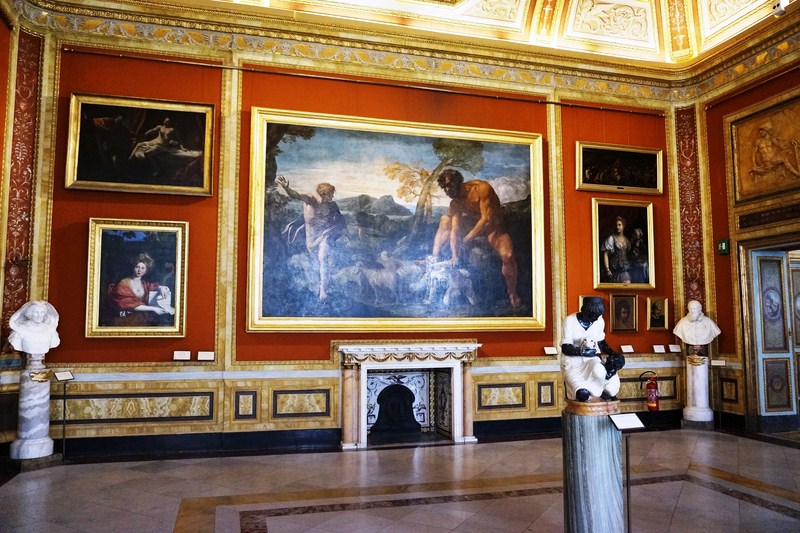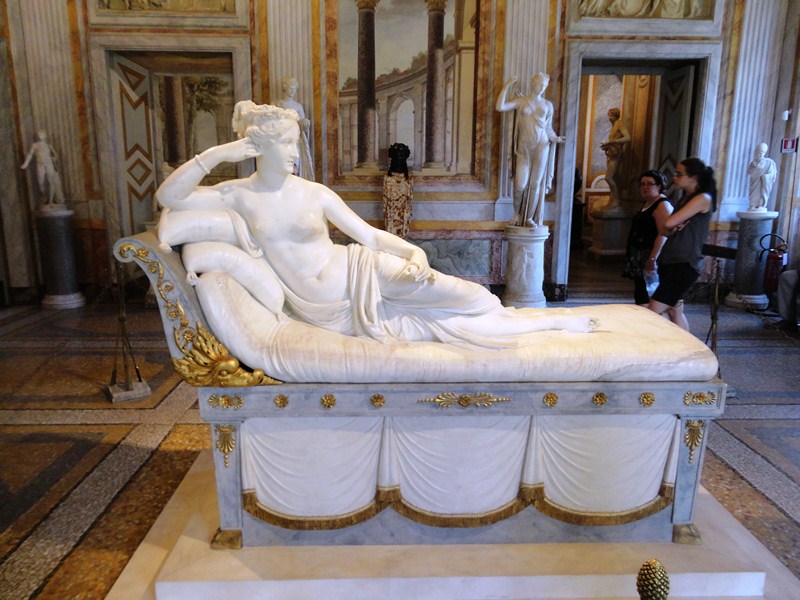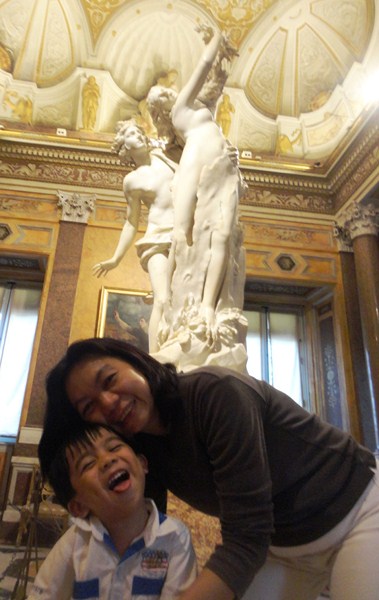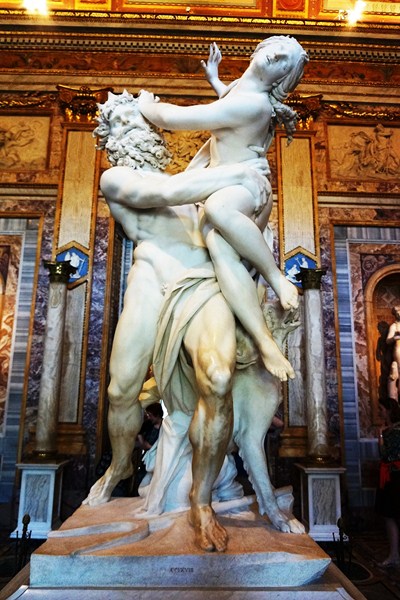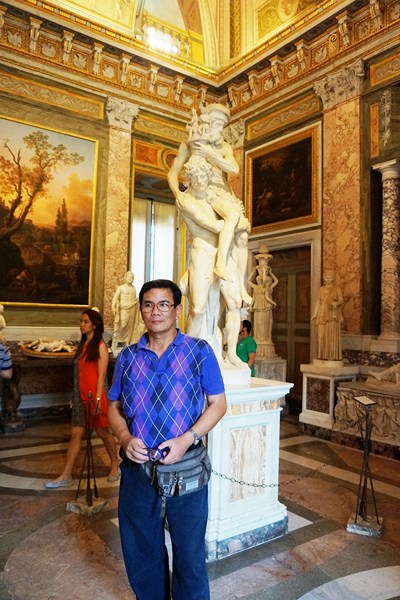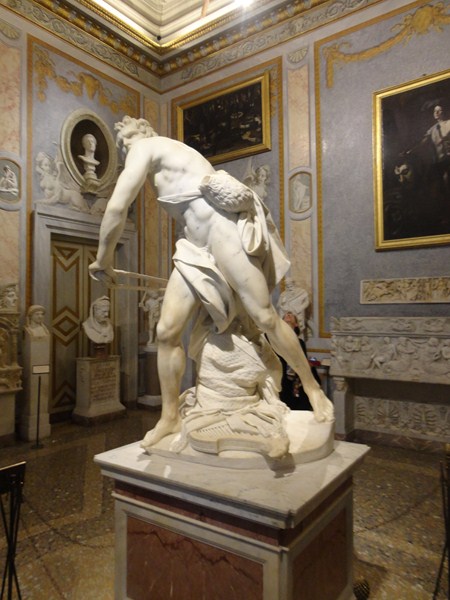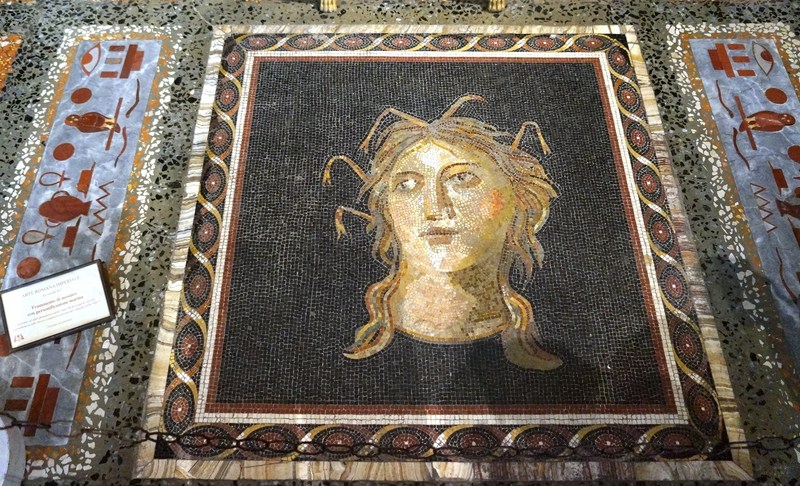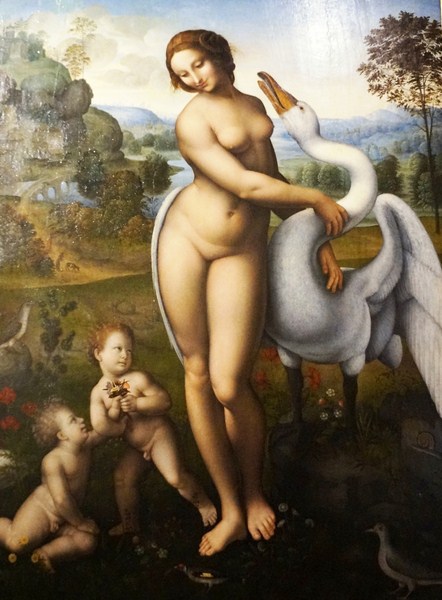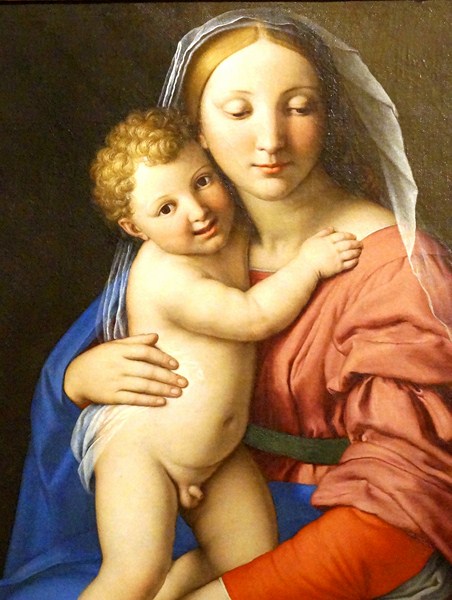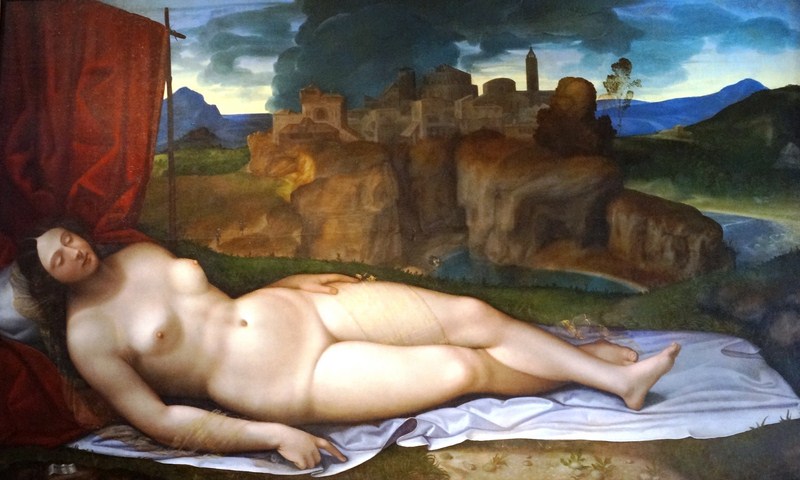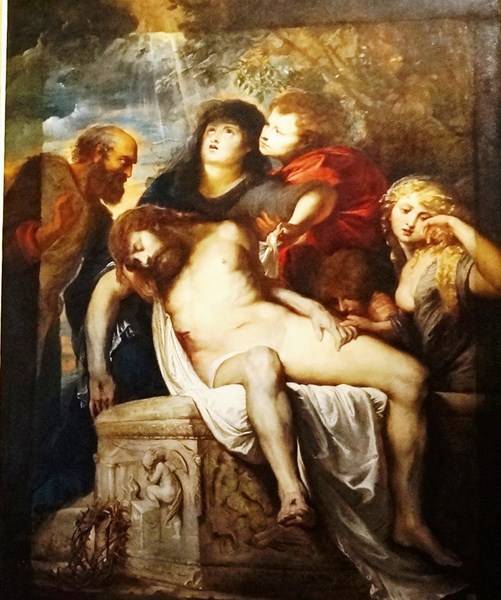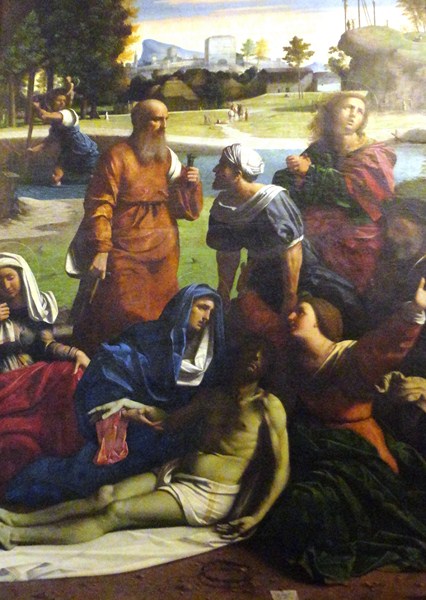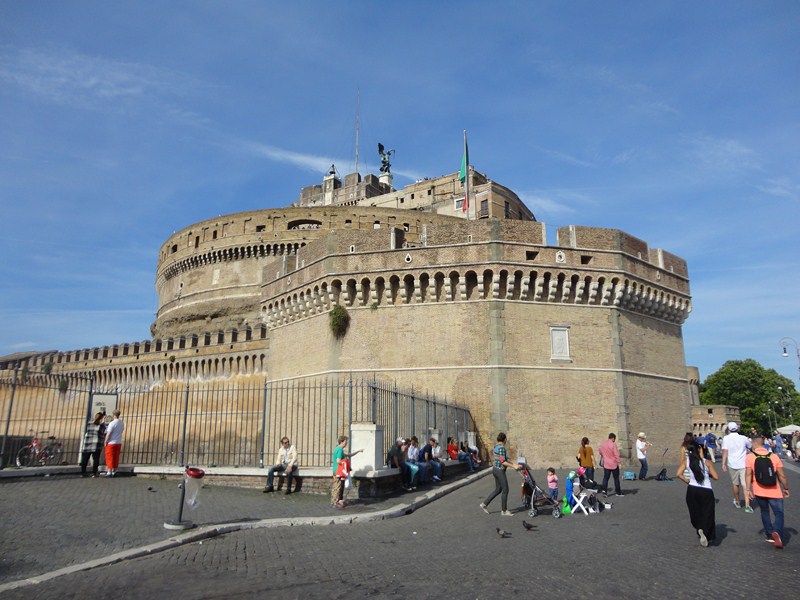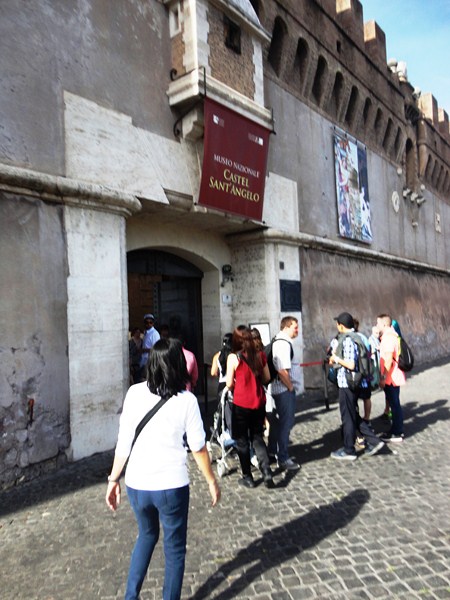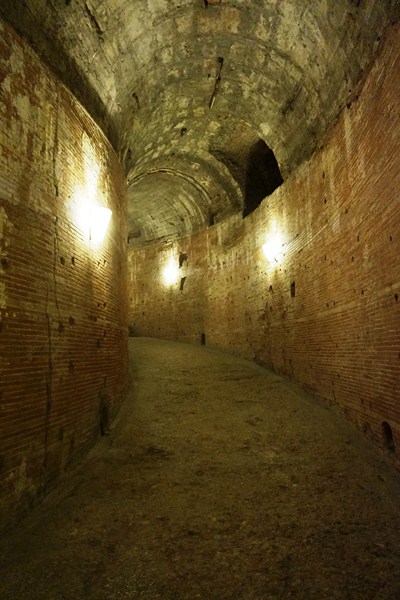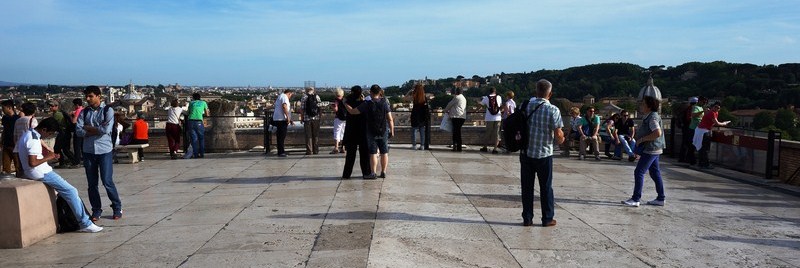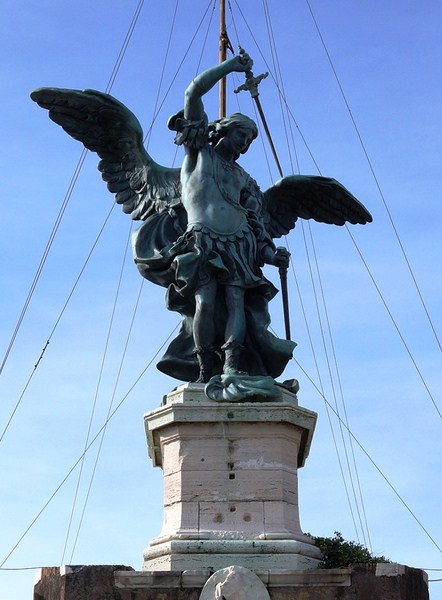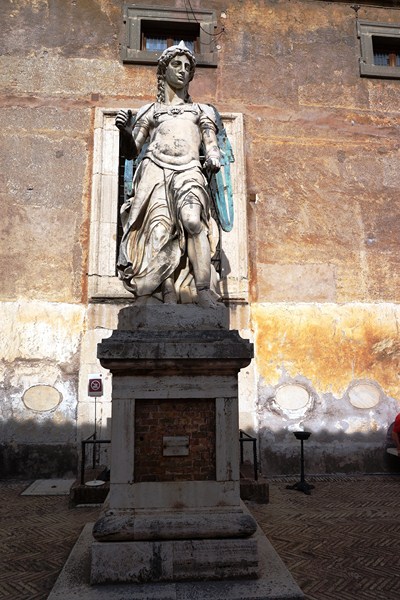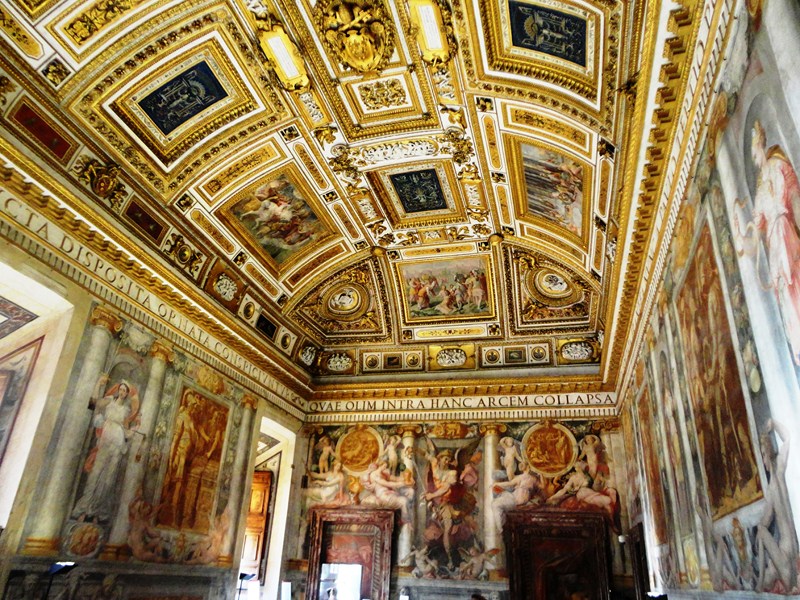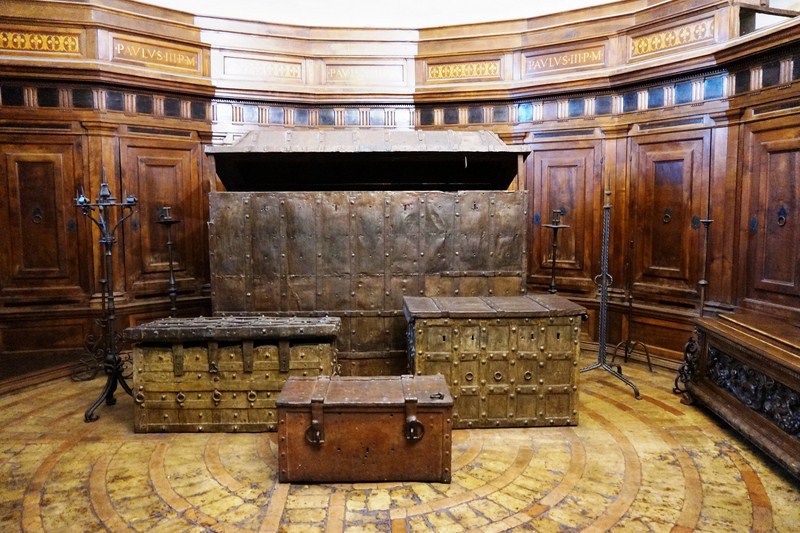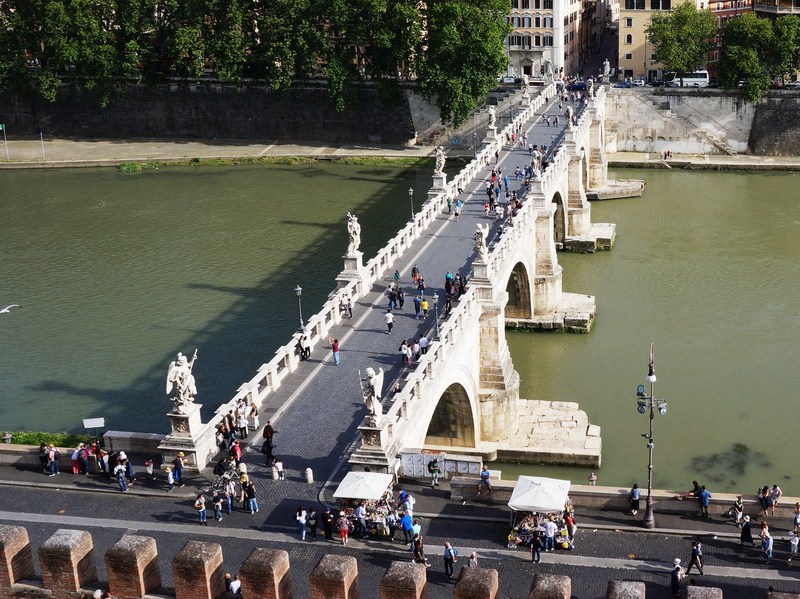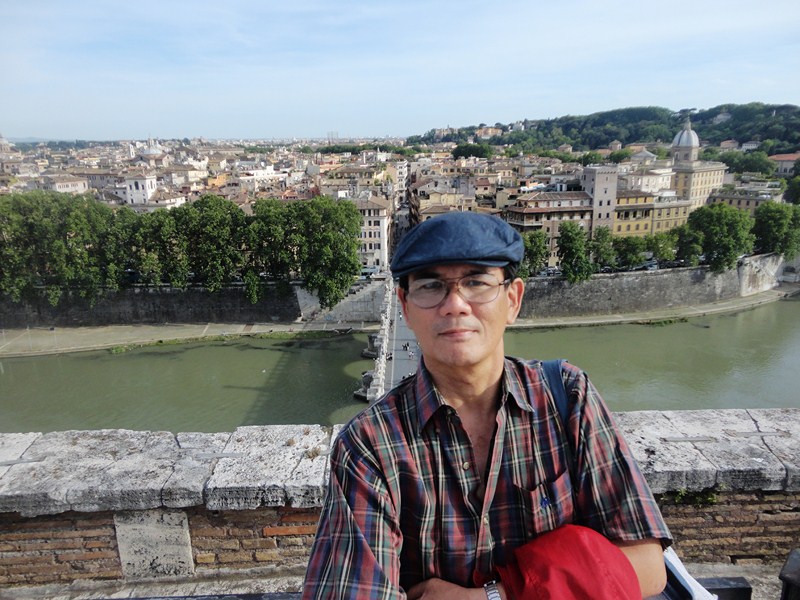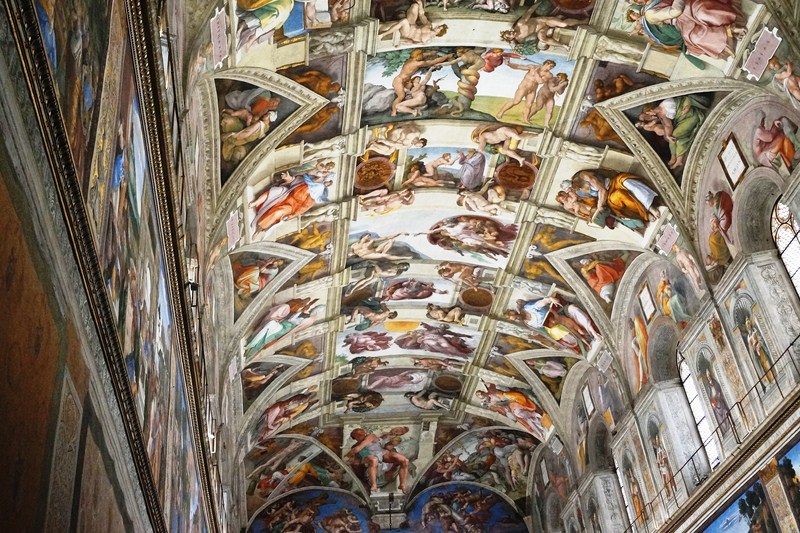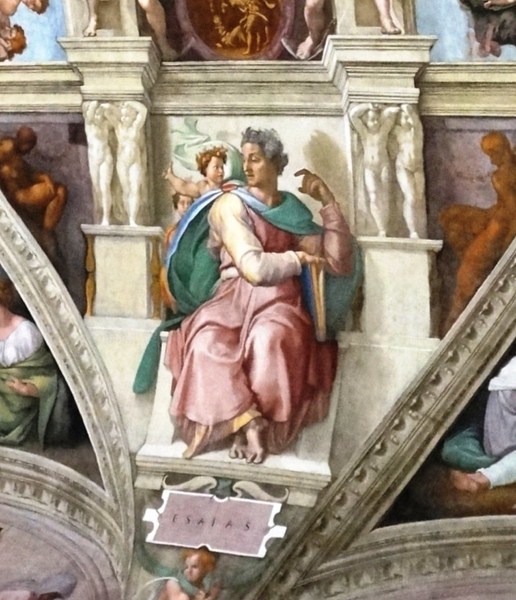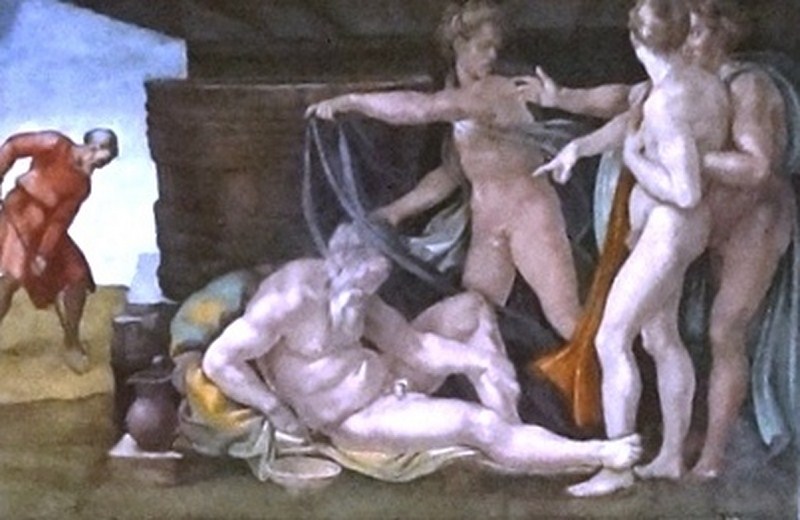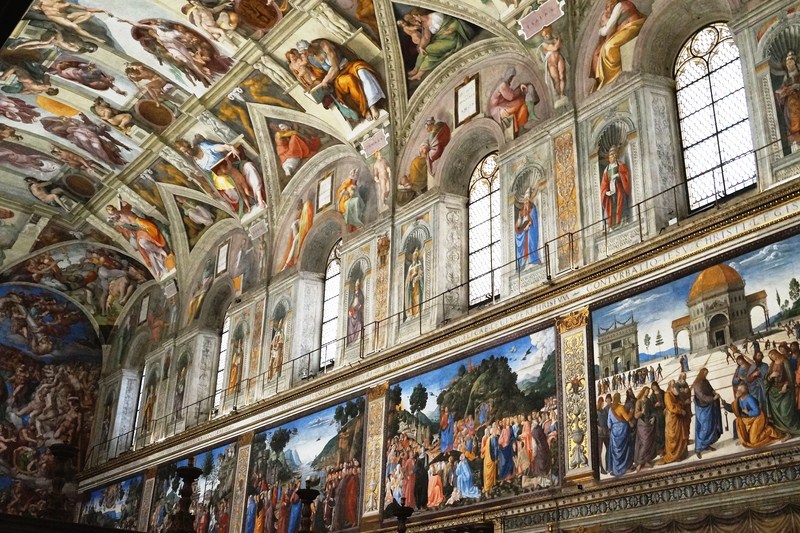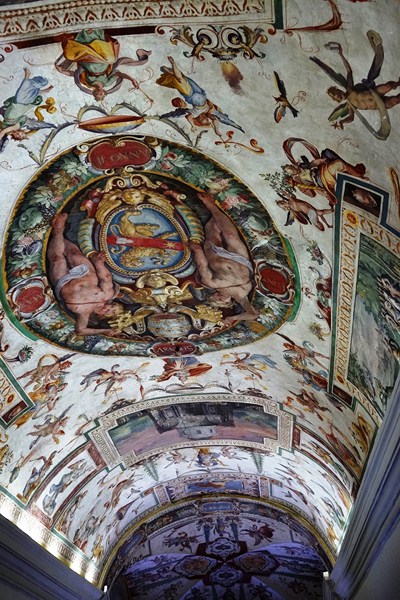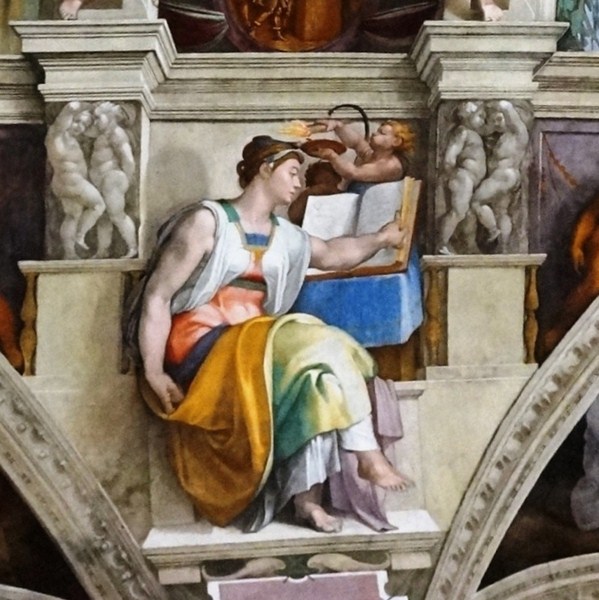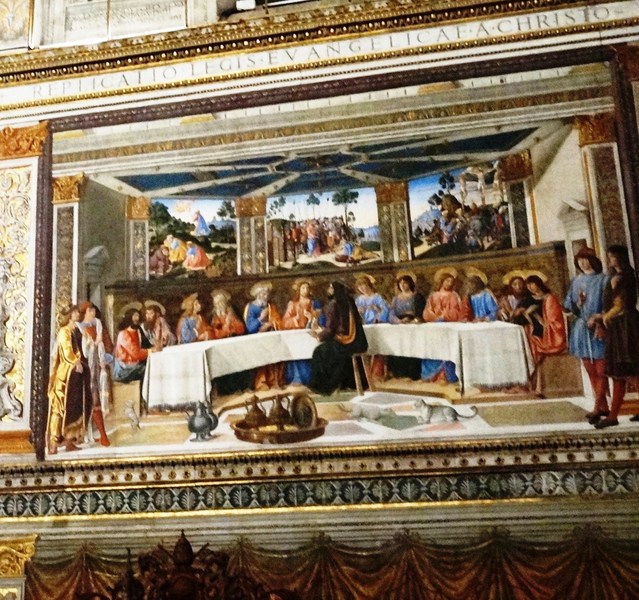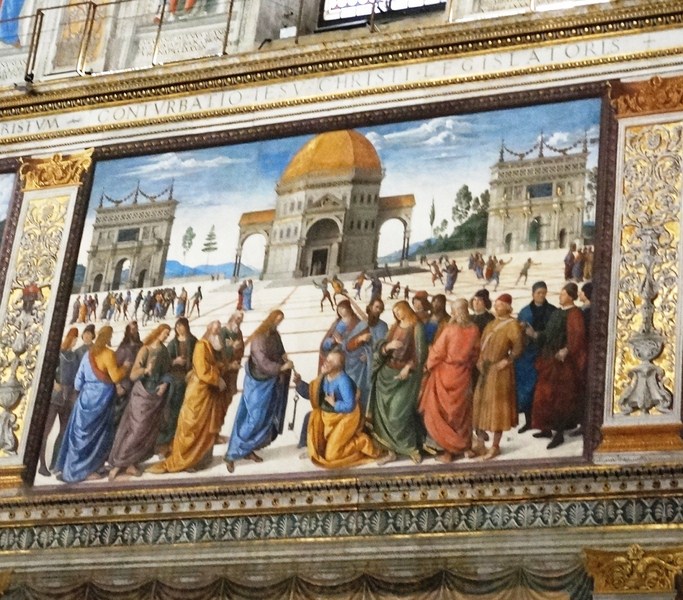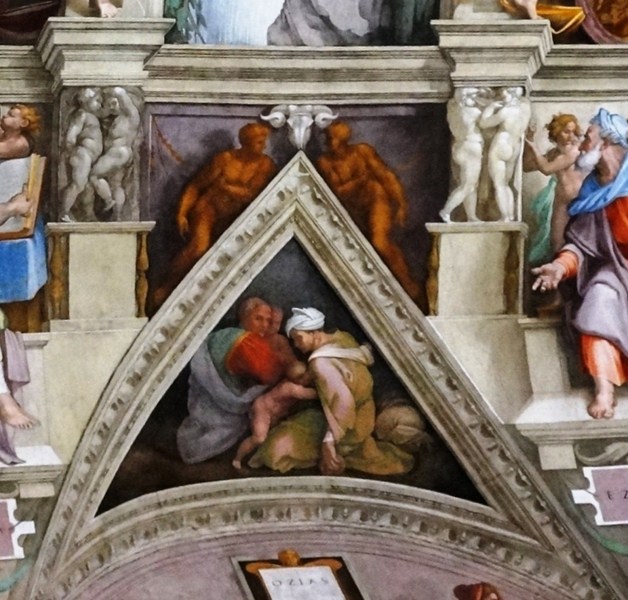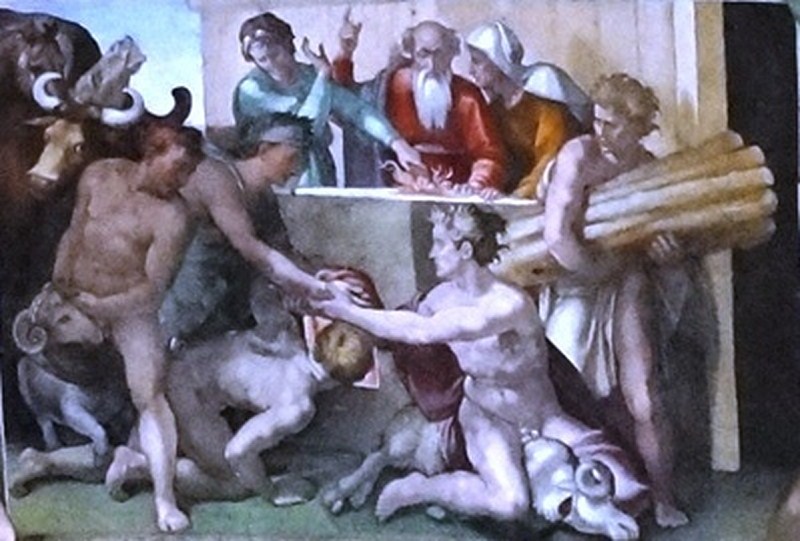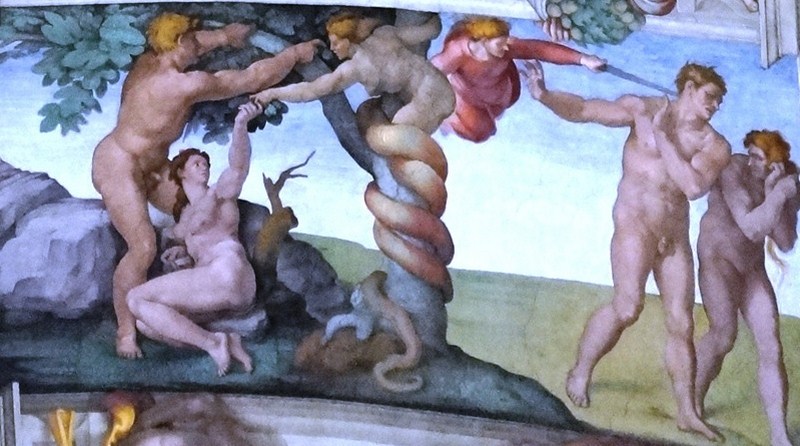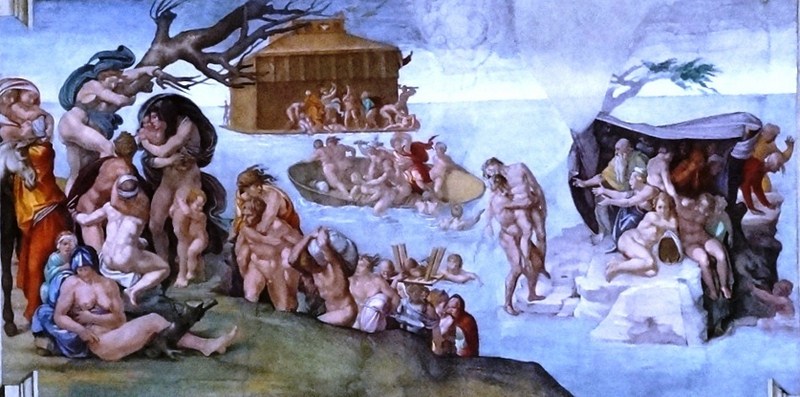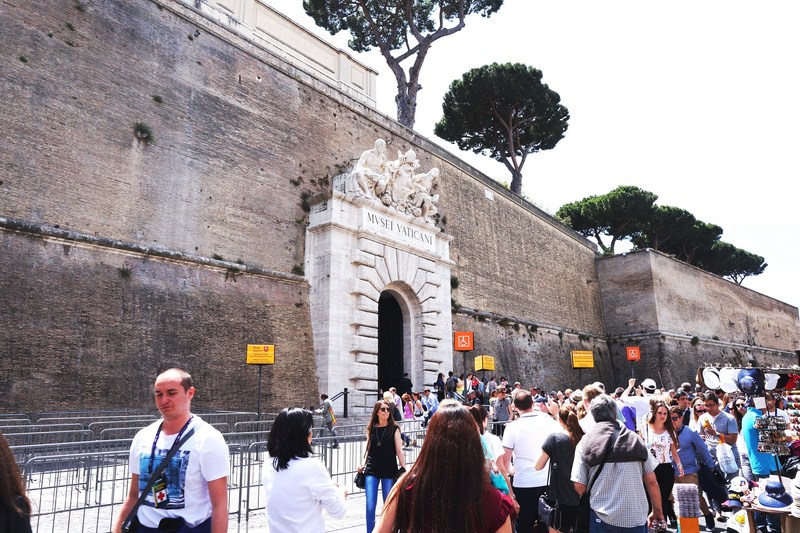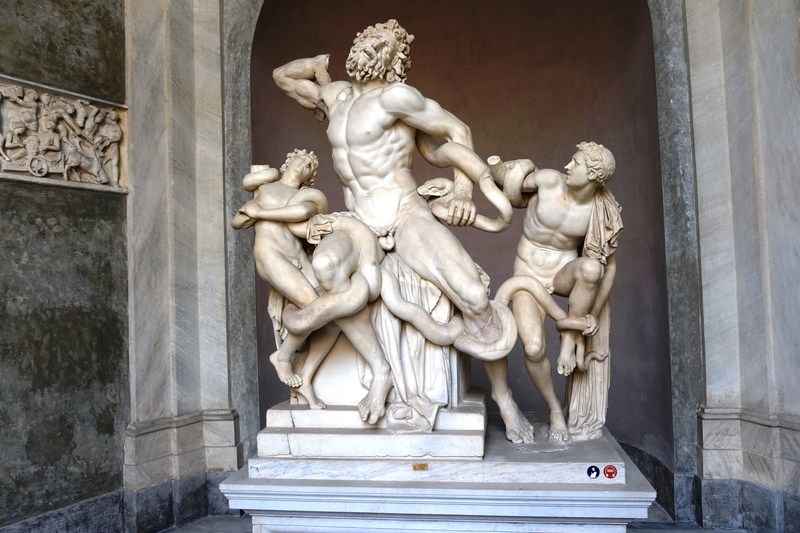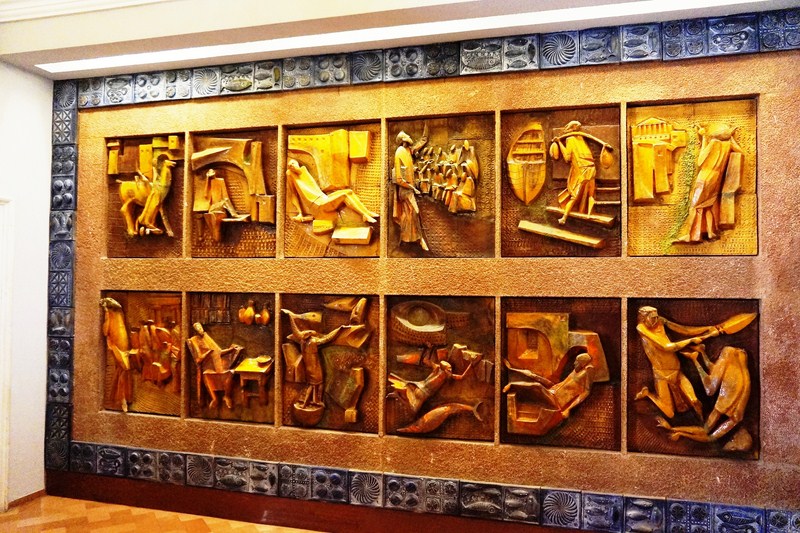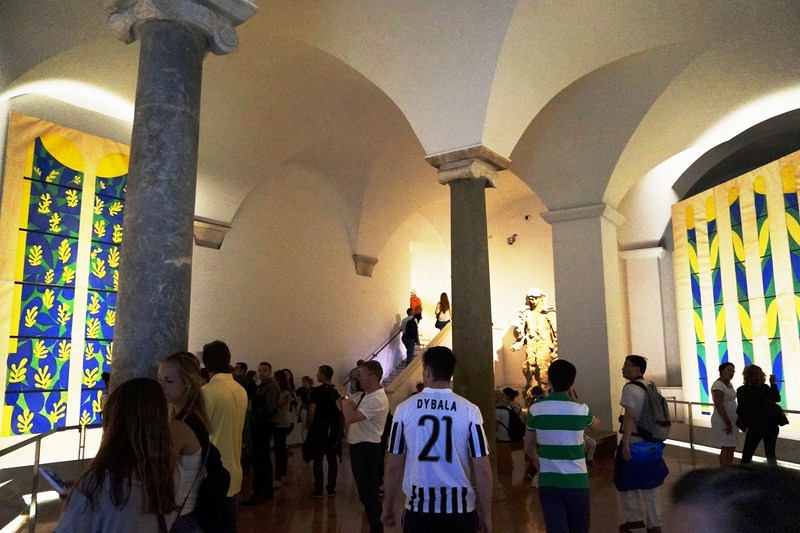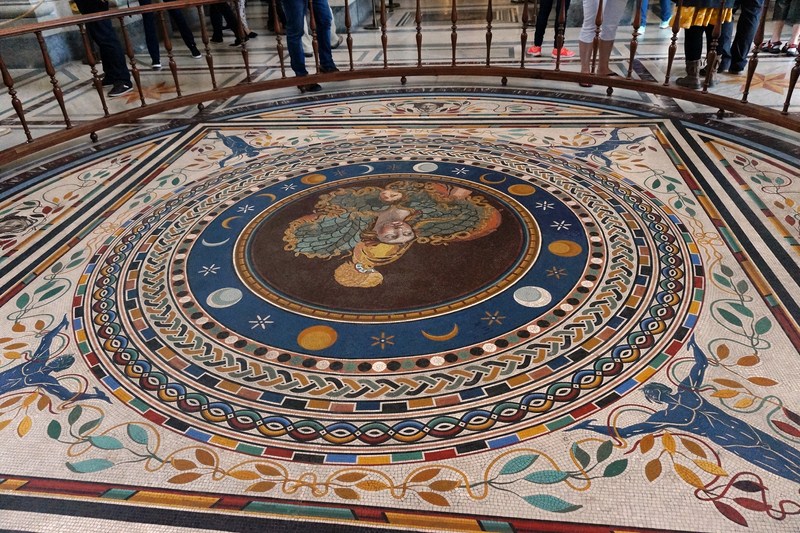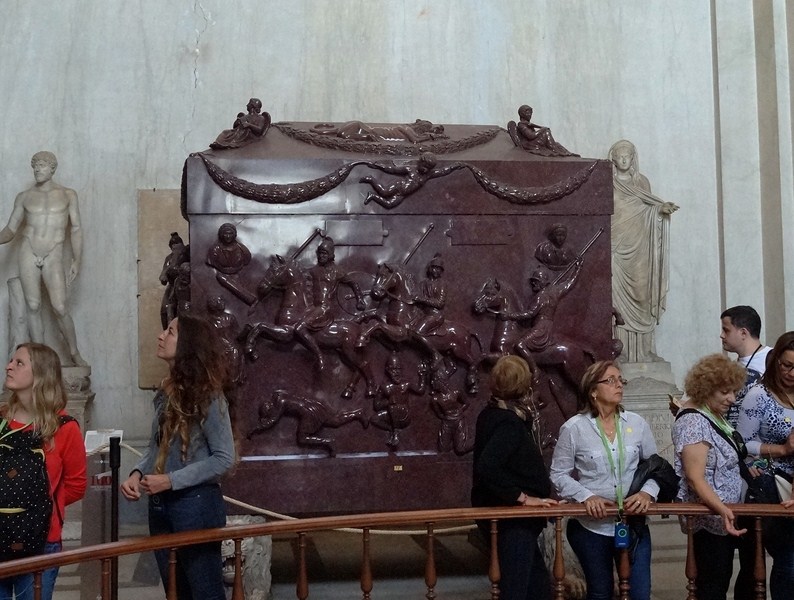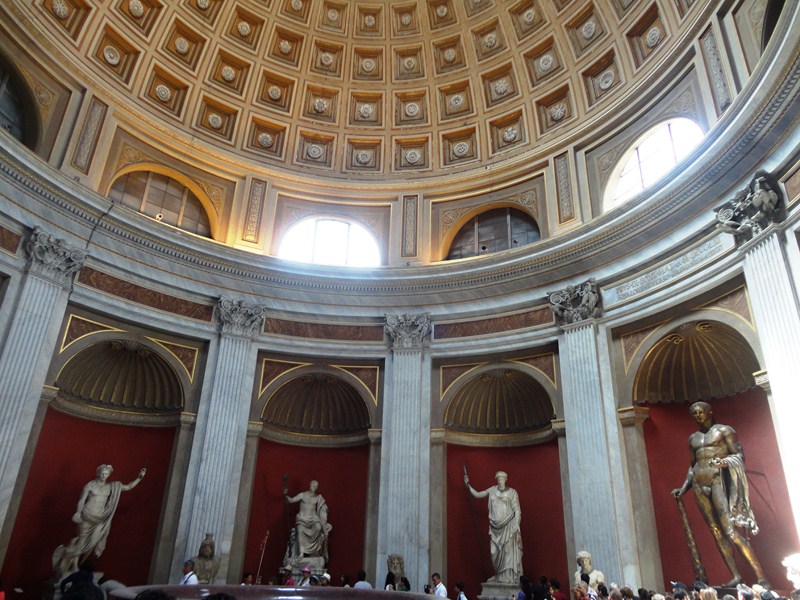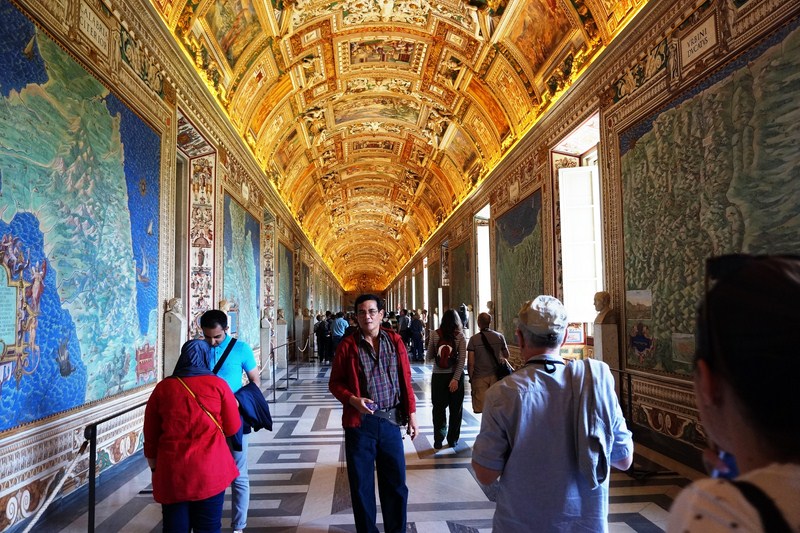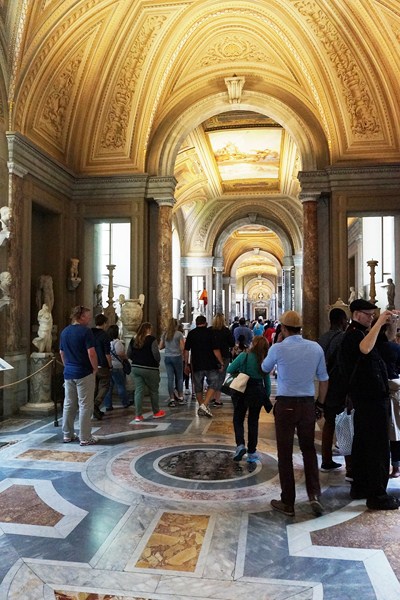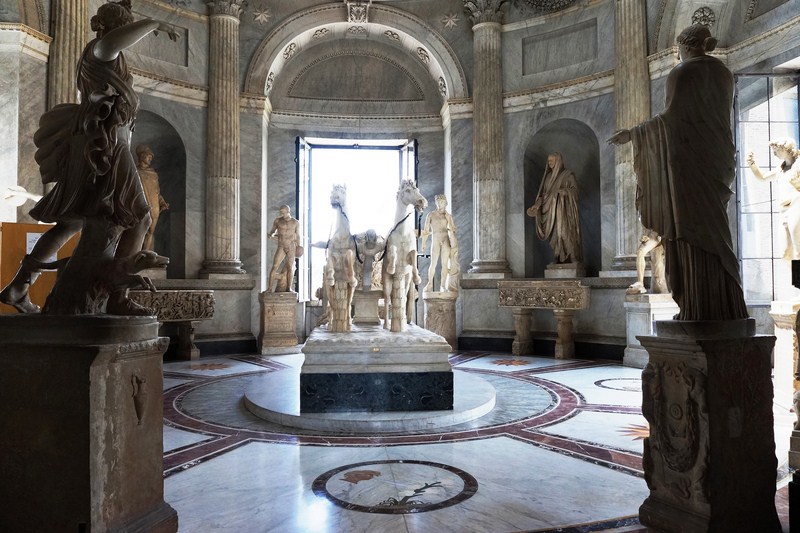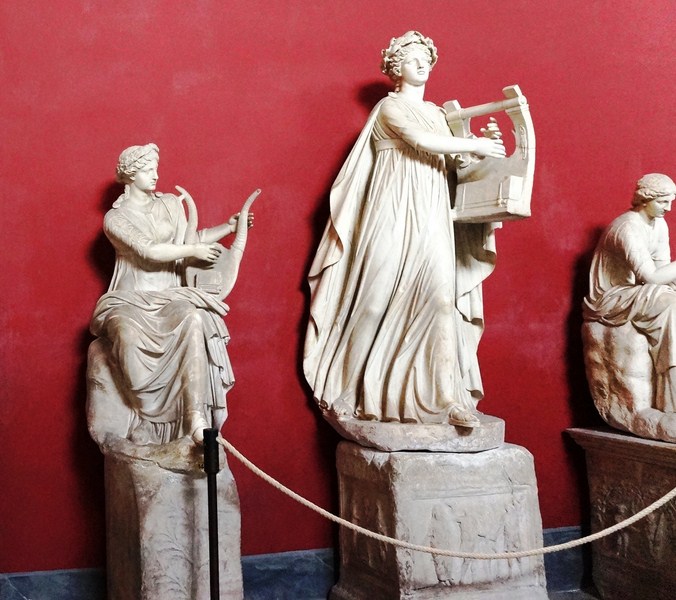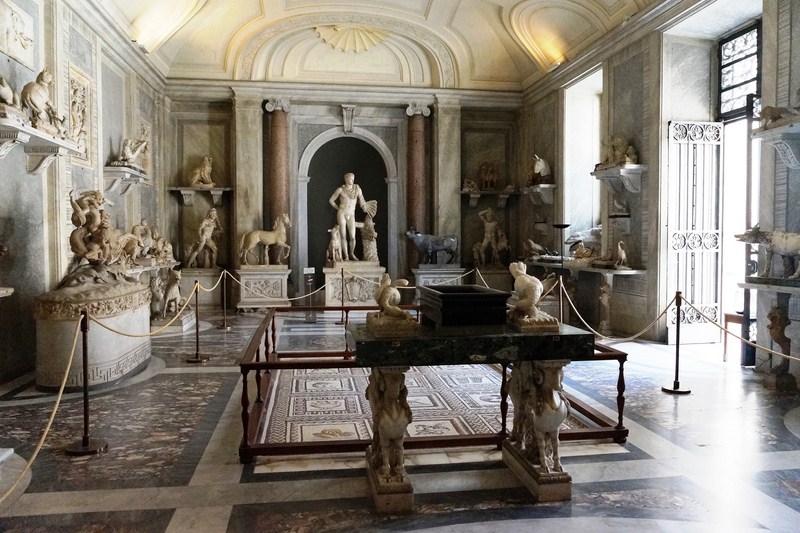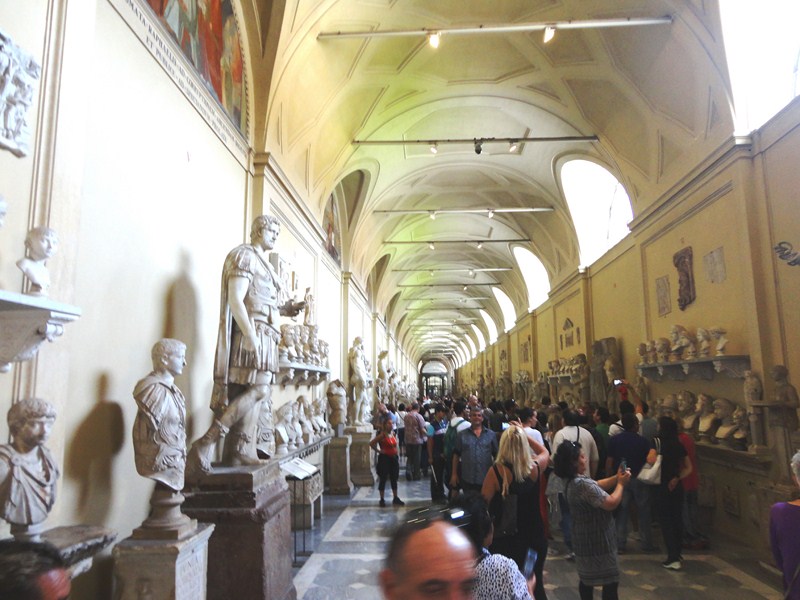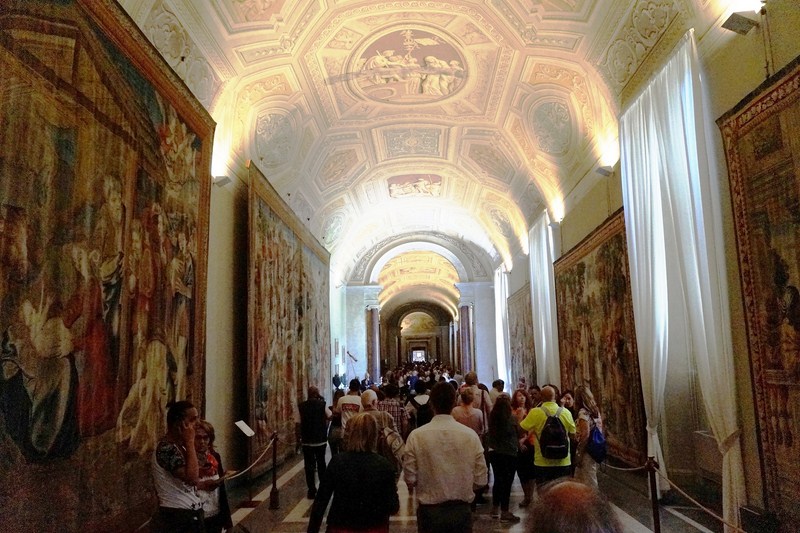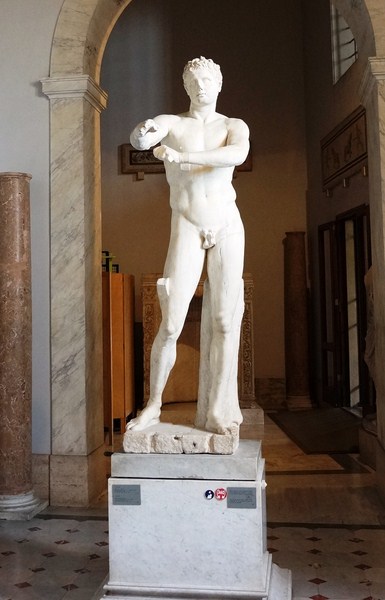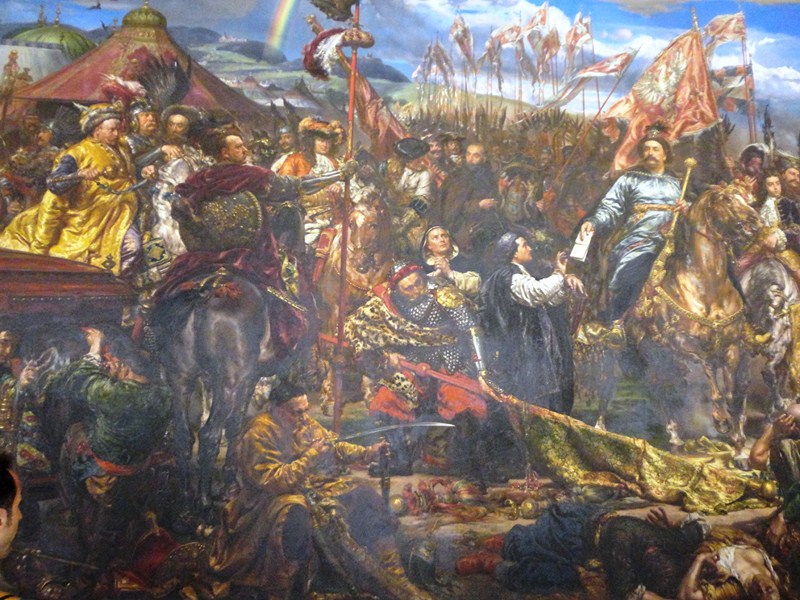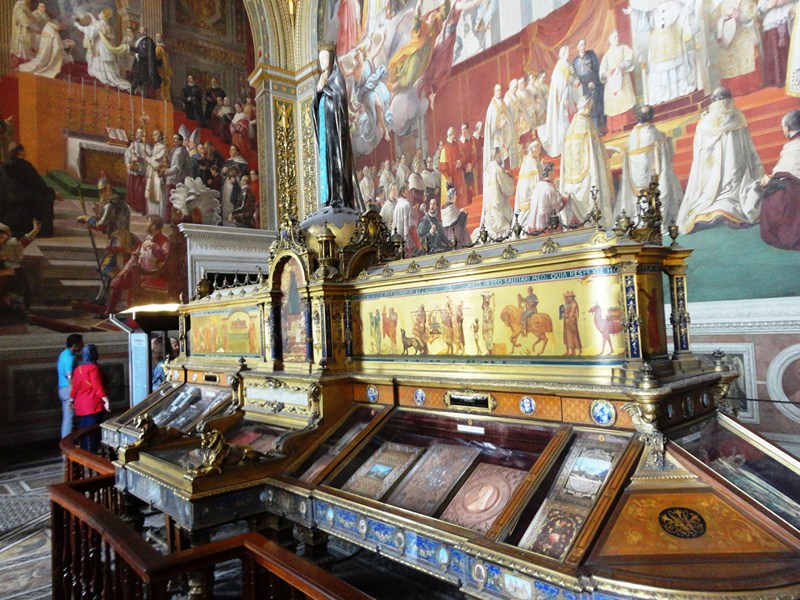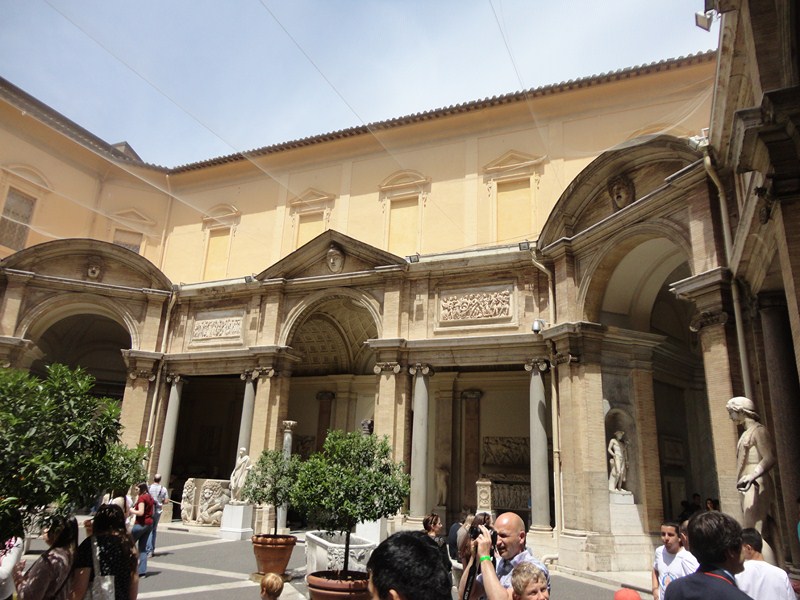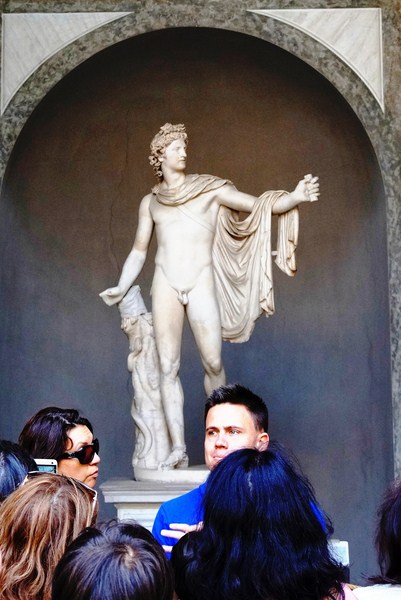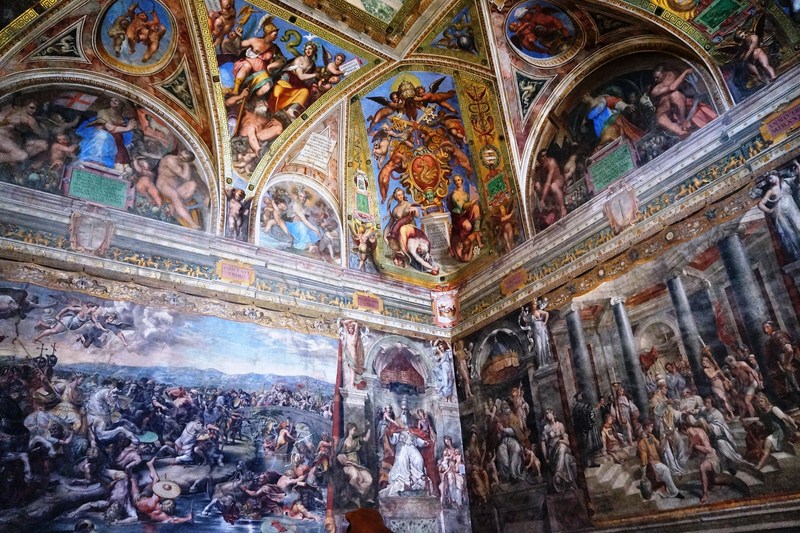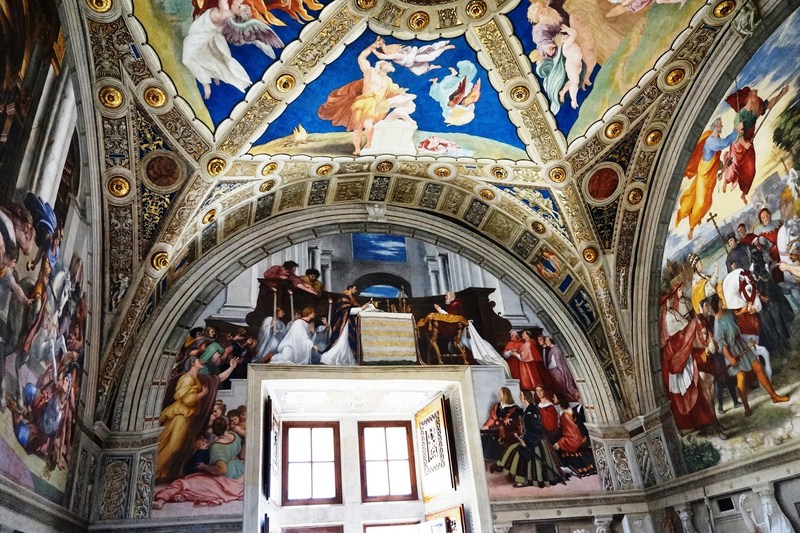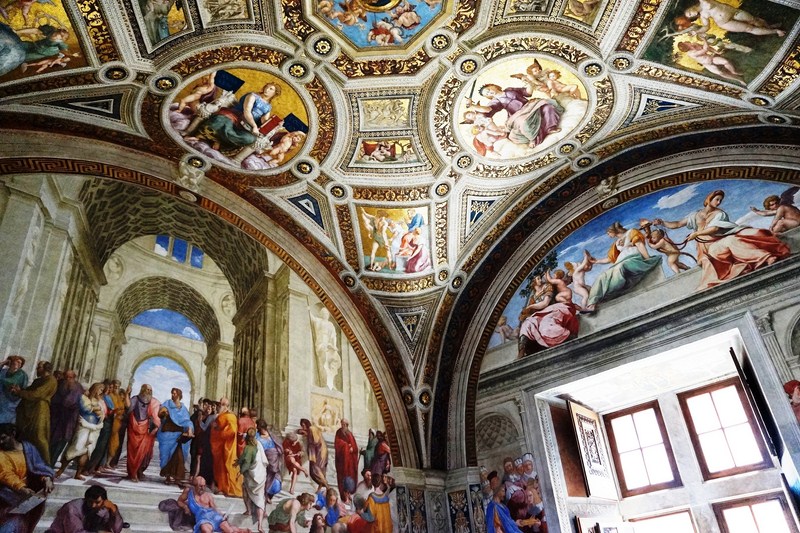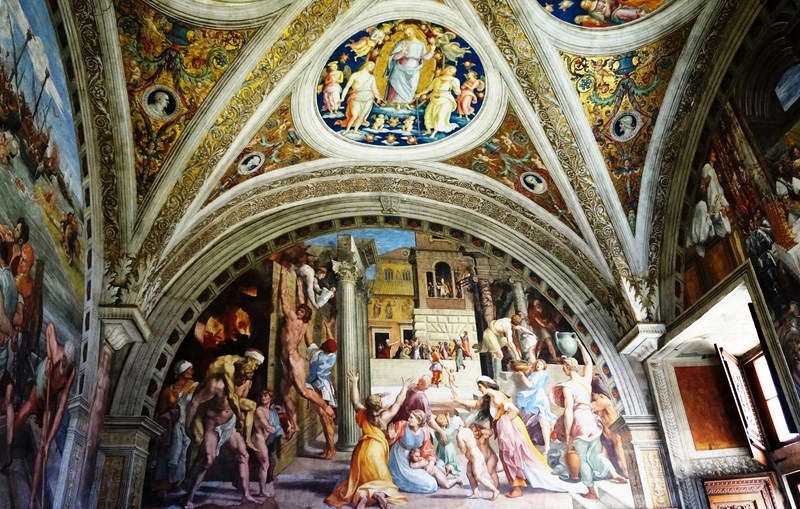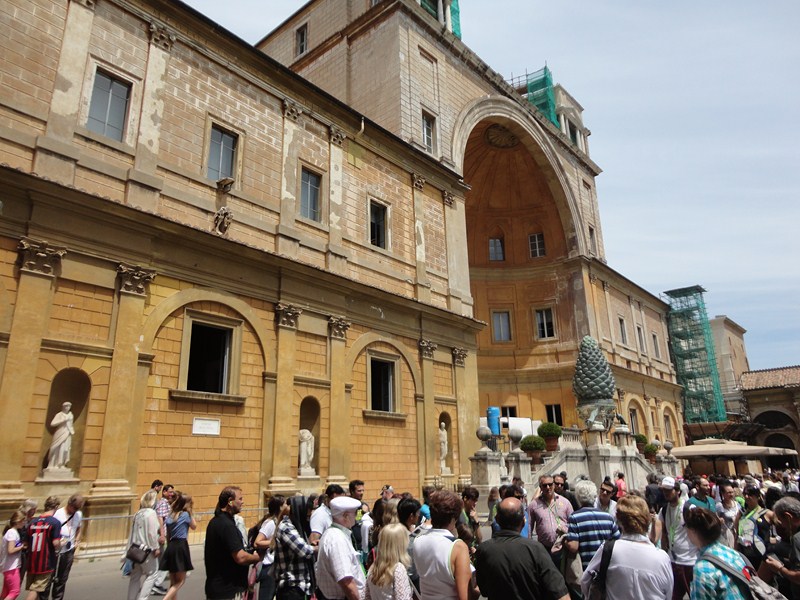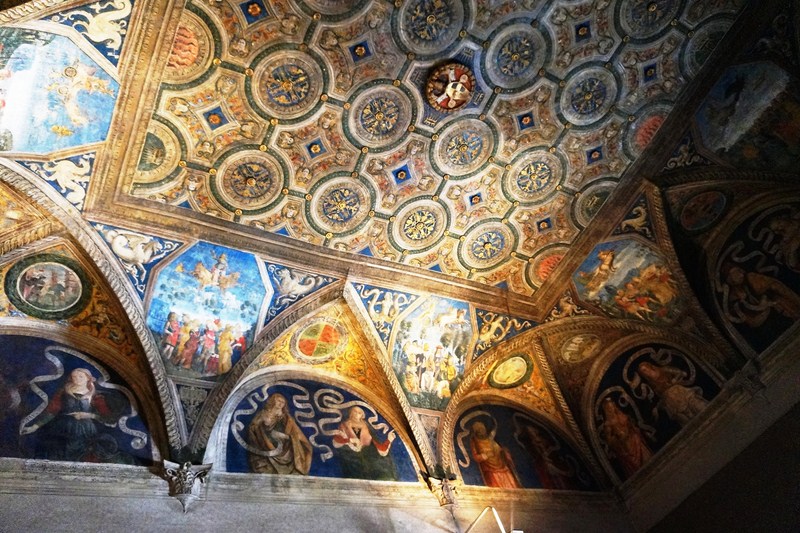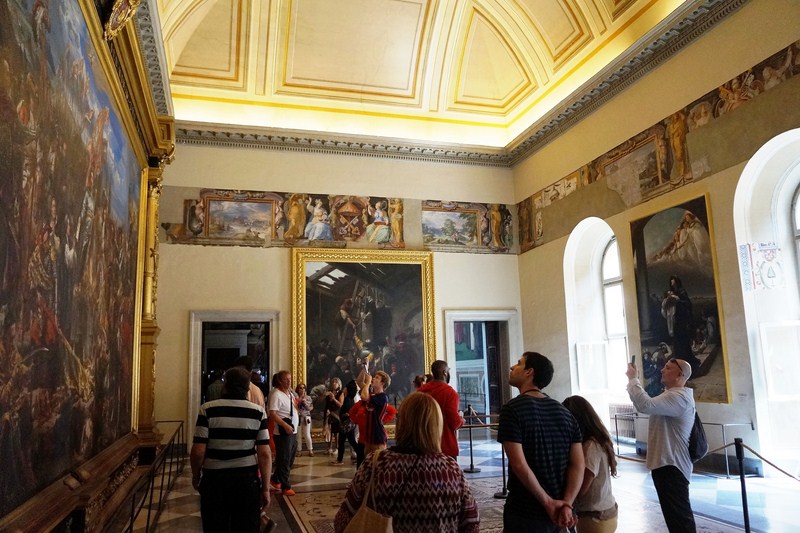Located on the first floor of the building, adjacent to the oldest section built by Arnolfo di Cambio, the Hall of the Five Hundred (Salone dei Cinquecento) is part of the wing of the palace built in 1494 by Simone del Pollaiolo and Francesco Domenico.
Check out “Palazzo Vecchio“
It was commissioned by Fra Girolamo Savonarola (the spiritual leader of the Republic, who replaced the Medici) to build chamber as the seat of the 500-member Grand Council (Consiglio Maggiore), modeled after the Grand Council of Venice. According to the austerity pursued by Savonarola, the room was also very basic and almost devoid of decoration.
For a short period (1494 and 1498), Savonarola had ousted the Medici from power and had founded a new Florentine Republic, establishing a more democratic government for the city of Florence by creating the Council of Five Hundred (or Great Council). In this way, the decision-making power belonged to a greater number of citizens, making it more difficult for a single person to take control of the city. In 1498, Savonarola was arrested, hanged and burned at the stake in the Piazza della Signoria as a “heretic, schismatic, and for preaching new things.”
Here are some interesting trivia regarding the impressive Hall of the Five Hundred:
- In terms of artistic and historic value in Palazzo Vecchio, it is the largest and most important room.
- At 54 m. long, 23 m. wide and 18 m. high, the hall is the largest room in Italy made for a civil power palace.
- It plays a key role in Dan Brown’s 2013 thriller Inferno
In 1540, after the Medici returned to power, they chose Palazzo Vecchio as a residence, radically transforming it. Piero Soderini, who was appointed Gonfaloniere for life, decided to decorate the Salone dei Cinquecento.

Maximilian of Austria Attempts the Conquest of Leghorn (Giorgio Vasari and Giovanni Battista Naldini) – depicts the moment that Holy Roman Emperor Maximilian comes to the aid of the Pisans, but, alas, the Emperor’s attack on the Florentines failed, in part due to a terrible storm that shipwrecked the imperial fleet, forcing the imperial forces to withdraw.

The Conquest of Porto Ercole (Giorgio Vasari) – depicts the capture of Porto Ercole, Siena’s last holdout. Those who had been loyal to Siena fled to Porto Ercole after Siena had fallen on April 21, 1555. However, after a 24-day siege, the final bastion of Sienese independence fell.
So that Grand Duke Cosimo I de Medici could hold his court in this chamber, received ambassadors and give audience to the people, the grandeur of the hall had to be accentuated and the decorations had to exalt and glorify the Medici family hall. Giorgio Vasari enlarged the hall by raising the ceiling seven meters,
The ingeniously built trusses were a double set at different levels with a truss supporting the weight of the roof and another one supporting the beautifully decorated coffered ceiling underneath which covered the truss structure. Aside from Vasari, other artists who participated in the decoration were Giovanni Stradano, Tommaso di Battista del Verrocchio, Ridolfo del Ghirlandaio, and many others.

The Storming of the Fortress of Stampace (Giorgio Vasari, Giovanni Battista Naldini, and Jacopo Zucchi)
The ceiling, consisting of 39 panels, was constructed and painted by a team of painters coordinated by Giorgio Vasari. The iconographic subject, treated by Vincenzo Borghini, was originally sketched with an allegory of Florence occupying the center but Duke Cosimo actually wanted a glorious depiction of himself.

The Taking of Siena – depicts the capture of the fort near the Porta Camollia. The January 26, 1554 attack on Siena, by the ducal army, was led by Giangiacomo Medici (Marquis of Marignano)e). Here, they surprised the guards while they slept. The Florentines marked this event as the beginning of the war.
It now represents Great Episodes from the life of Cosimo I with some allegories of the districts of Florence and Tuscany in an act of submission to the Duke, episodes of the War of Pisa (1496–1509) and the War of Siena (1553–1555), as well as portraits of some of Giorgio Vasari’s collaborators. Towards the center is the apotheosis Scene of His Glorification as Grand Duke of Florence and Tuscany.

The Victory of Cosimo I at the Battle of Marciano in Val di Chiana – depicts the August 2, 1554 battle in Val di Chiana, which was decisive for the Florentines’ victory the next spring. Here, Florentine exiles, who had fled the Medici rule and sided with Siena, Frenchmen, and Grisons attacked the Florentine army, but the Florentines routed the Sienese troops.
Giorgio Vasari, along with his assistants, painted large and expansive frescoes depicting six scenes of battles and military victories that represent the military successes of Cosimo I and Florence over Pisa and Siena. On the east side, you can find The Taking of Siena, The Conquest of Porto Ercole, and The Victory of Cosimo I at the Battle of Marciano in Val di Chiana.
On the west side are The Defeat of the Pisans at the Tower of San Vincenzo, Maximilian of Austria Attempts the Conquest of Leghorn and Pisa Attacked by the Florentine Troops. The decorative complex would be completed by a series of sixteenth-century tapestries, which are hung only on special occasions.
However, during this transformation, two famous (but unfinished) large murals, celebrating the victories of the Republic, by the greatest Florentine artists of the time were lost – the Battle of Anghiari (a battle scene celebrating a famous Florentine victory, commissioned to Leonardo da Vinci in 1503), on one long wall, and the Battle of Cascina (by Michelangelo) on the opposite wall.
For a certain period of time, though none of their work was ever completed, the two geniuses of the Renaissance would have an opportunity to work face-to-face. Leonardo hopelessly wasting the work by experimenting with an encaustic technique, which proved disastrous. On the other hand, Michelangelo stopped work when he left for Rome after being called by Pope Julius II. Both original works are lost, but copies and preparatory drawings still remain.
The La Tribuna dell’Udienza (consultation gallery), the raised stage designed to accommodate the throne of the Duke, is illuminated by enormous windows on the north side of the hall.
It was built by Giuliano di Baccio d’Agnolo and Bartolommeo Bandinelli for Cosimo I to receive citizens and ambassadors.
Above it are frescoes depicting historical events. Among these are that of Boniface VIII receiving the ambassadors of foreign states and, seeing that all were Florentines, saying “You Florentines are the quintessence.”
The architecture, inspired by a Roman triumphal arch to enhance the power of the sovereign, hosts a number of niches containing statues of members of the Medici family, sculpted by Bartolommeo Bandinelli, in the niches.
The two largest arches contain the statues of the two Medici popes – the statue of the Seated Leo X (Bandinelli was assisted here by his student Vincenzo de’Rossi) in the center and, on the right, a statue of Charles V, King of Spain, Crowned by Clement VII. Six statues, along the walls, represent the Labors of Hercules by Vincenzo de’ Rossi.
At the south of the hall, in the central niche, is The Genius of Victory (1533–1534), Michelangelo’s famous marble group that was originally intended for the tomb of Julius II. Placed in this hall by Giorgio Vasari, the statue was removed to the Bargello Museum in 1868 but, in 1921, was returned to the hall. The statues of other members of the Medici family (Cosimo I, Giovanni dalle Bande Nere, Alessandro, and Francesco I) are contained in the other four niches while, in the boxes above, are depicted the main enterprises conducted by them.
Check out “Bargello Museum”
Access to the Studiolo of Francesco I is along the side of the entrance wall. The Studiolo of Francesco I (a studiolo is a small study), a small side room, without windows, situated at the end of the hall, was also designed by Giorgio Vasari (1570–1575) in a Mannerist style. Paintings, stucco and sculptures fill the walls and the barrel vault and Baroque paintings hide secret cupboards.
Most paintings, representing the four elements (water, fire, earth and air), are by the School of Vasari. The portrait of Cosimo I and his wife Eleonora of Toledo was made by Bronzino while the delicate bronze sculptures were made by Bartolomeo Ammanati and Giambologna. The latter, dismantled within decades of its construction, were re-assembled in the 20th century.
Palazzo Vecchio: Piazza della Signoria, Florence, Italy. Tel: +39 055 276 8325. Open daily, 9 AM – 7 PM (except Thursdays, 9 AM – 2 PM). Admission: €6.00. Combined ticket with Cappella Brancacci: €8.00.





















































































































